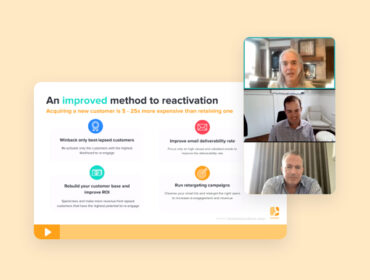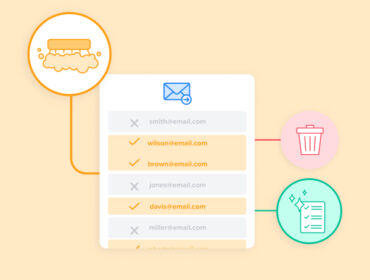Real Time Banter: How to Build a Holistic First-Party Data Strategy
In this Real Time Banter webinar, LiveIntent SVP of global marketing, Kerel Cooper, and VP of marketing, Nick Dujnic, speak with Jana Meron, SVP of programmatic and data strategy at Insider Inc., about building a holistic first-party data strategy.
Key insights from Jana Meron
Many publishers have long been working on their first-party data strategies in preparation for the death of the third-party cookie. Now, advertisers are finally getting on board.
It’s important for both to start working together on this issue.
“Brands think of first-party data as their known users or authenticated users. They know who they are; they are part of their ecosystem. Publishers think about first-party data as both the authenticated and the unauthenticated user. So they have to work together in ways we haven’t seen previously. It’s always been about bringing your own data and they’re not going to be able to bring their own data in the same way anymore. We really need to understand what’s under the hood on both sides.”
It starts with educating one another and getting ahead of this new learning curve.
“We spent so many years educating our sellers and buyers on programmatic and why they should be doing it. And now, we’re basically doing the same thing with data. But publishers want to make sense of who’s logged in and how many subscribers they have. And then, of course, there’s the identity challenge that everybody is facing right now.”
The problem is that brands will approach publishers with their own CRM data and ask to target those audiences across publisher inventory. If publishers don’t have a fully logged-in audience, they’re going to have a hard time targeting on a one-to-one basis.
“You have to help bridge that gap, but you also have to realize that the third-party cookie makes it so that you can’t see these audiences in a couple of different environments. So you need to be able to have a proxy. And publishers don’t necessarily have the ability to do the one-to-one match.”
According to Meron, it’s the publishing and marketing industry’s responsibility to balance the possibilities of one-to-one matching with consumer privacy concerns.
“As targeting got more complex and the cookie took over, we suddenly had this ability to say, ‘This is for you, individual user.’ And now the entire world is thinking, ‘Oh, this feels like an invasion of privacy.’ So we have to be super careful together in figuring what’s going to replace the cookie and how do we approach identity without getting into that same problem.”
When it comes to first-party data, we can start to think less about who consumers are and more about context and content as drivers of intent, much like with search advertising.
“We need to be thinking about user experience and protecting people’s privacy, but also making sure that messaging is relevant to them. It is still very clear that when you get information in front of a user that’s relevant to them, they will take action. We’re seeing that with our first-party data platform. Engagement benchmarks like clickthrough rate are so much higher on the first-party data side than the third-party data side that it’s really shocking.”
Best practices for switching to a first-party data strategy
- Start collecting that data. “We collect over 5 billion data points a month. It’s all of the first-party deterministic data, but also the behaviors and actions of the authentic users. We put those together to create the whole picture.”
- Break down internal silos. “This all actually started with somebody from every single team across the organization in a room, talking about what their data was and where it lived. So our data team consists of people from multiple teams – sales, marketing, content, programmatic, product, and tech. All of these people are involved in building our data platform so that we can have as much data as possible to understand what’s happening on our sites.”
- Don’t rush it. “We started out with switching our DMP and doing full education at the company. Then we added natural language processing to create a deep taxonomy. Then we created products that go along with that. So it’s a slow and evolving process. It’s not just, ‘Here’s my first-party data strategy. Now I’m done.'”
Sign up for more Real Time Banter and other industry insights with the LiveIntent newsletter.


